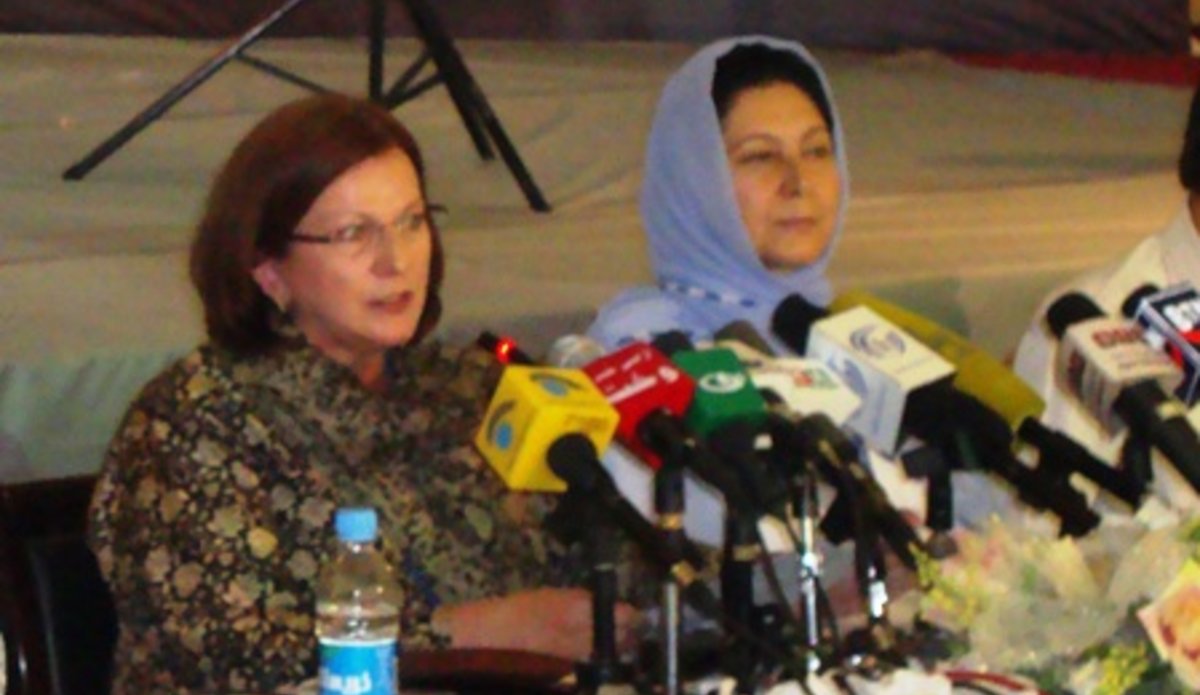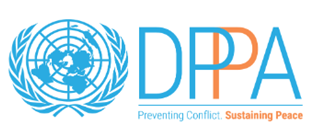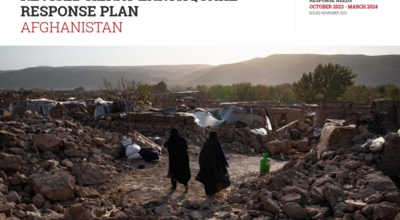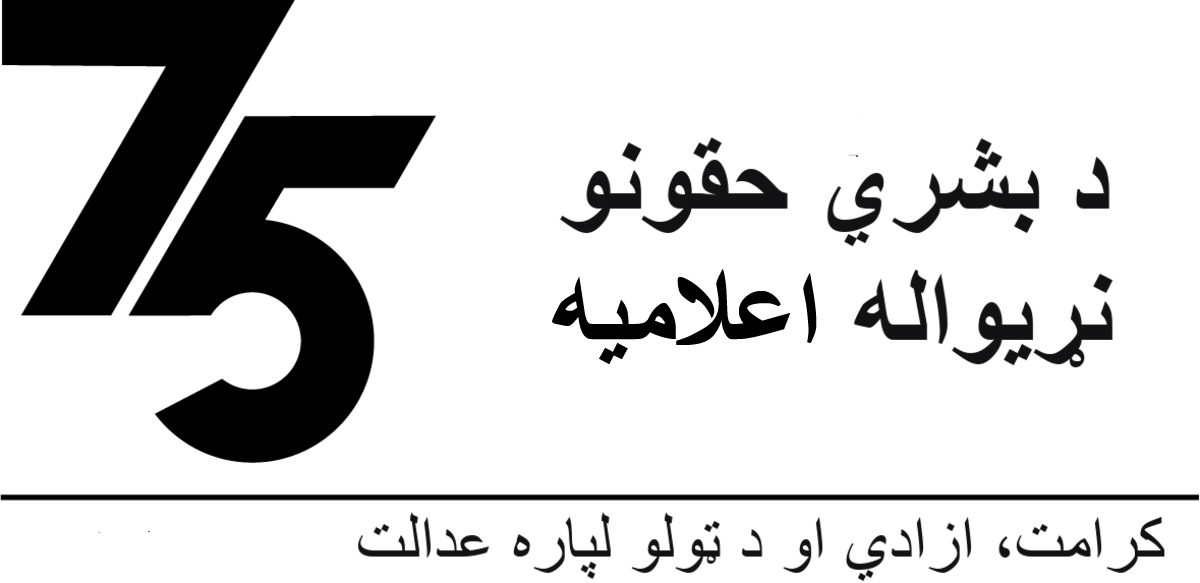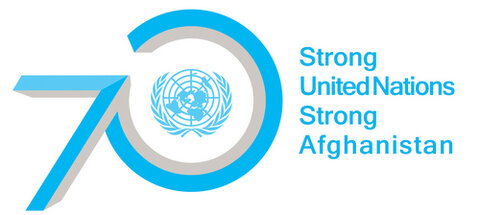High rates of suicide and domestic violence against Afghan women, new reports show
7 August 2010 - Women in Afghanistan suffer “extremely high rates of domestic violence” which include forced marriages and physical attacks, Afghan and United Nations officials announced one week after a report by a top Afghan health advisor revealed that suicide among Afghan women had increased about 20 times since the 1970s.
Nearly 2,000 cases of violence against women were reported between October 2006 and mid-2009, according to an updated Violence against Women Primary Database Report launched on Thursday by the Afghan Ministry of Women’s Affairs (MoWA) and the United Nations Development Fund for Women* (UNIFEM), with support from the UN Assistance Mission in Afghanistan (UNAMA) and the Afghanistan Information Management System (AIMS).
The database includes information on incidences of physical attacks and emotional abuse, rape and kidnapping, forced sexual intercourse by a husband, polygamy, forced engagement and forced marriage, and restricted mobility and curtailment of women’s participation in public life.
Of the reported cases, nearly a quarter showed that women had temporary physical injuries; in more than 20 per cent of the cases, the woman ran away and 2.5 per cent of the cases resulted in death or attempted suicide.
Approximately 40 per cent of the reported cases in the database showed that no follow up was done and the outcome of the violence was “unknown.”
Among the recommendations, the authors of the report based on the database findings called for “zero tolerance” of men in positions of power who mistreat or abuse women, particularly those in police and military who are approached for assistance by women already victimized.
Speaking at the report launch, MoWA Acting Minister Dr Husn Banu Ghazanfar and UNIFEM Country Director Christine Ouellette praised the revised database and the resulting report.
“The availability of this database…in addition to the special emphasis given to gender equality and empowerment of women during the recently held Kabul Conference, are testimony to the concerted efforts of the Government and other stakeholders to address violence against women,” Ouellette said, noting the 20 July conference where the Government of Afghanistan launched a series of national priorities and programmes in the areas of security, governance, social and economic development and better service delivery to citizens.
The launch of the revised violence against women database comes one week after a report authored by a health affairs advisor for President Hamid Karzai revealed that suicide among Afghan women had increased by some 20 times over the past 40 years, counter to the international suicide rates which have remained stable.
“Evidence suggests an increasing trend of suicide in Afghanistan, especially among women, and using the method of self-immolation,” Faizullah Kakar wrote in The Elevated Prevalence of Depression and Risk of Suicide among Afghan Women.
Nearly one-third of Afghan women between 15 and 35 years of age suffer from depression and psychological problems, Kakar said.
He blamed “war-related stress, displacement stress, repatriation stress, insecurity and addictions to hashish and opium,” as well as a culture of traditional marriage.
“For these women, social stresses such as forced marriages turn into the proverbial ‘straw that broke the camel’s back,’” Kakar concluded.
Among his recommendations to the Government of Afghanistan to counter this trend is an “effective and coherent national strategy” which provides social support to high-risk individuals.
By Aurora V. Alambra, UNAMA
(* Note: UNIFEM became part of UN Women in 2011.)
Website: UN Women
 UN
UN
